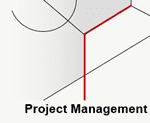
One of the best things about my job is from time to time I get to work with some fantastic young people who have a passion for the Maintenance and Reliability business and have made the decision to pursue a career in this business. I really enjoy being a mentor, guiding the ambitious and offering advice on where to find information, articles and real, workable solutions. [Read more…]













